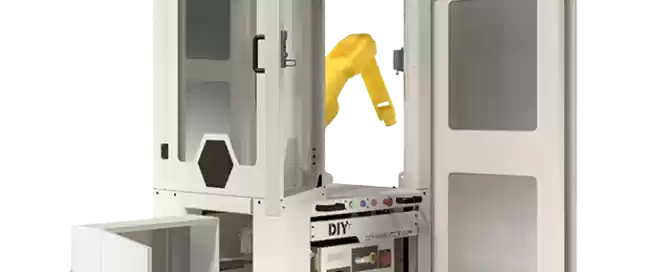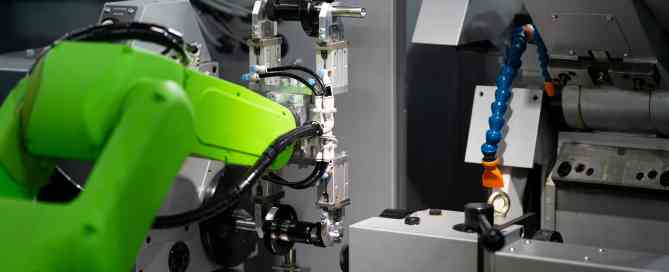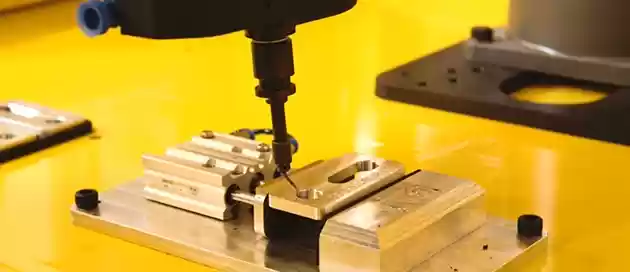Multitasking Robots: Unlocking Efficiency and Adaptability in Industrial Automation
In the ever-evolving landscape of industrial automation, multitasking robots have emerged as a game-changer. Gone are the days when robots were confined to performing a single task, requiring time-consuming reprogramming and specialized technical skills. With advancements in technology and the rise of Industry 4.0, robots have become smarter, more adaptable, and capable of multitasking efficiently. In this article, we will delve into the world of multitasking robots, exploring their benefits, applications, and the future they hold in the realm of industrial automation.












